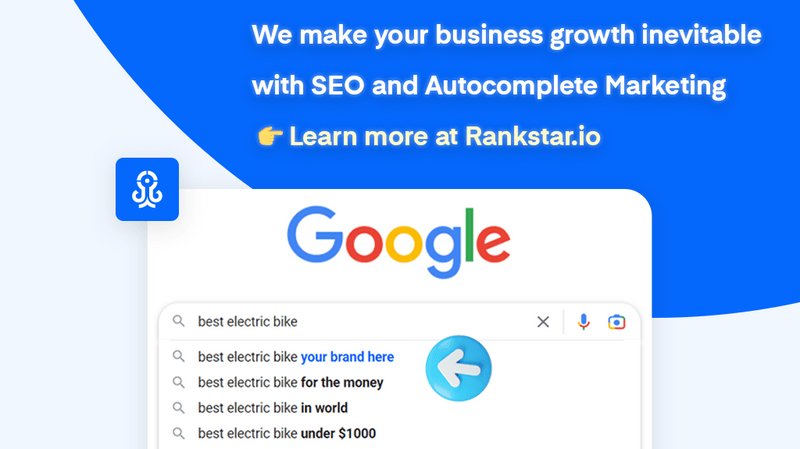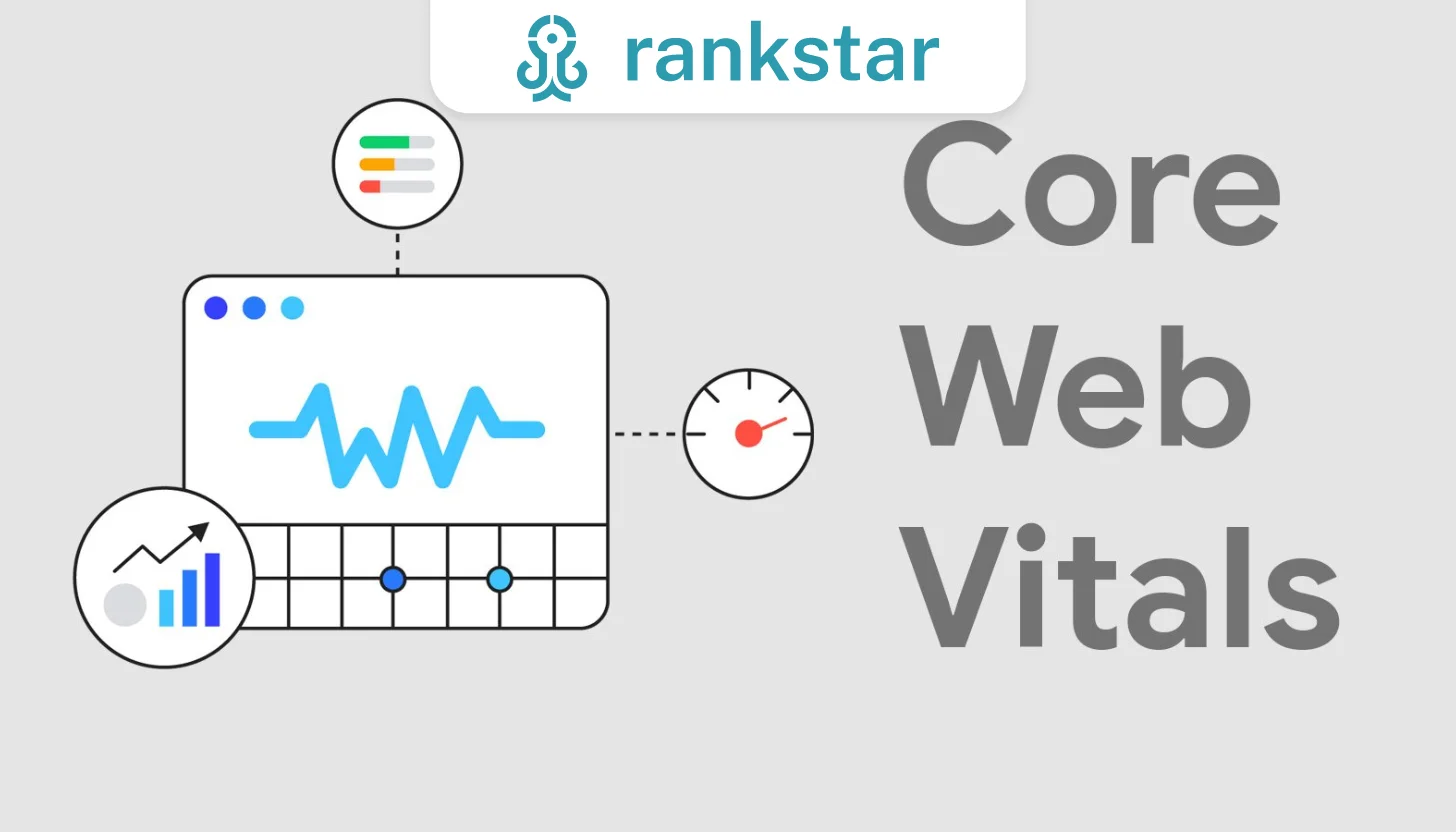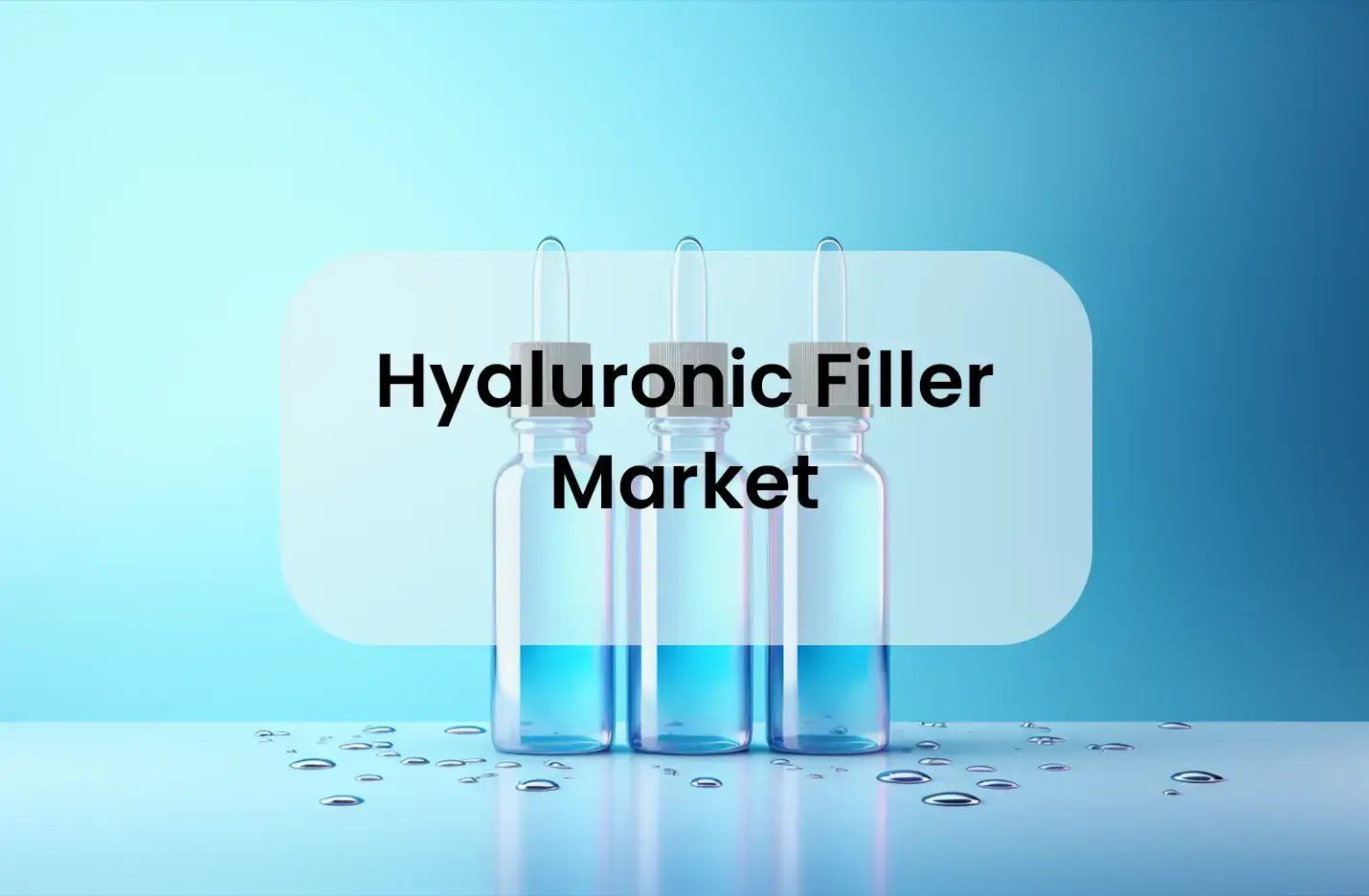Understanding and optimizing Core Web Vitals is crucial for enhancing website performance and user experience.
This article explores these key indicators – Largest Contentful Paint, First Input Delay, and Cumulative Layout Shift, their impact on site ranking and user engagement, and strategies for improvement.
It also highlights tools for comprehensive audits and real-world performance insights.
Get ready to supercharge your website by diving deep into the world of Core Web Vitals optimization.
Key Takeaways
- Core Web Vitals consist of three metrics: Largest Contentful Paint (LCP), First Input Delay (FID), and Cumulative Layout Shift (CLS).
- Optimizing LCP involves reducing server response times, optimizing the critical rendering path, and managing resource load prioritization.
- To optimize FID, reduce the impact of third-party code, minimize JavaScript execution time, prioritize input-ready states, and streamline page resources.
- Optimizing CLS requires minimizing layout shifts caused by images, ads, dynamic content, web fonts, and actions waiting for network response, and avoiding animations that trigger layout changes.
Rankstar – A Valuable SEO Partner for Your Business
→ Ready to supercharge your website’s performance?
Dive into our latest article on Rankstar and discover how to optimize Core Web Vitals for a lightning-fast user experience! Don’t miss out on this game-changing insight – explore the article now and elevate your website to the next level!
We are also here to propel your brand to the summit of search rankings, ensuring its outstanding prominence in both Autocomplete Suggestions and Autosuggest Removal when in need.

Understanding Core Web Vitals: A Brief Overview
While the importance of optimizing website performance cannot be overstated, a deep understanding of Core Web Vitals – a set of specific factors that Google considers essential in a webpage’s user experience – is crucial in order to effectively boost your website’s performance.
These vitals constitute three metrics: Largest Contentful Paint (LCP), First Input Delay (FID), and Cumulative Layout Shift (CLS), each targeting a different aspect of user experience.
LCP measures the loading speed of the main content, aiming for a time of 2.5 seconds or less.
FID assesses interactivity by analyzing the delay between user interaction and browser response, with a target of less than 100 milliseconds.
Lastly, CLS gauges visual stability, aiming for a score of 0.1 or lower.
Accurately interpreting these metrics is key to successful optimization.
Enhancing Website Performance With LCP Optimization
Optimizing the Largest Contentful Paint (LCP) is a strategic approach that can significantly enhance your website’s performance by improving perceived loading speed. This metric reflects the time it takes for the largest content element in the viewport to become visible and is a critical aspect of user experience.
To optimize LCP, consider the following steps:
- Prioritize resource loading: Identify and prioritize loading of critical, above-the-fold content to improve perceived load times.
- Implement lazy loading: This technique ensures non-critical elements load only when needed, reducing initial load times.
- Use a Content Delivery Network (CDN): CDNs store cached versions of your site globally, reducing the distance to the server and improving load times.
These practices can effectively reduce LCP, resulting in a more responsive, user-friendly website.
Boosting Interactivity: Strategies for FID Improvement
In the pursuit of a superior user experience, the improvement of First Input Delay (FID) plays a crucial role in boosting website interactivity. FID gauges the time from when a user first interacts with your site to the moment the browser responds. A high FID, indicating longer delays, can frustrate users and harm engagement. Google recommends an FID under 100 milliseconds for optimal user experience.
To achieve this, strategies include minimizing JavaScript execution time, as extensive JavaScript tasks can block the main thread. Reducing the impact of third-party code can also improve FID. Prioritize input readiness over page loading, consider mobile-friendly design, streamline your page resources, and utilize data-fetching strategies like preloading for better interactivity.
Tackling Visual Stability: Techniques for CLS Reduction
Ensuring visual stability on your website is a significant aspect of user experience, and reducing Cumulative Layout Shift (CLS) is a key technique to achieve this goal. CLS measures the sum total of all individual layout shift scores for each unexpected layout shift that occurs during the page’s life cycle. High CLS scores can lead to frustrating experiences for users.
Here are some ways to reduce CLS:
- Include size attributes on your images and video elements: This prevents the browser from adjusting layout as it downloads these resources.
- Avoid inserting content above existing content: Especially for dynamically loaded content, this can cause sudden layout shifts.
- Stabilize web fonts: Web fonts can cause shifts if they’re swapped with fallback fonts as they load. Use
font-display: optionalto control this behavior.
The Role of Core Web Vitals in User Experience
Core Web Vitals, comprising Largest Contentful Paint, First Input Delay, and Cumulative Layout Shift, play a pivotal role in enhancing user experience, and they are increasingly being recognized for their impact on website performance and user satisfaction. These metrics, when optimized, ensure a smooth, fast, and stable browsing experience, leading to higher user engagement and improved conversions.
The following table illustrates the significance of each Core Web Vital:
| Core Web Vital | Impact on User Experience |
|---|---|
| Largest Contentful Paint | Influences perceived load speed |
| First Input Delay | Determines website interactivity |
| Cumulative Layout Shift | Affects visual stability |
An understanding of these metrics is essential for a website to meet users’ performance expectations, effectively contributing to a superior user experience.
Key Tools for Assessing and Improving Core Web Vitals
While it is essential to understand the importance of Core Web Vitals, it is equally critical to know the key tools that can be used for assessing and improving these metrics for optimal website performance.
- PageSpeed Insights: This Google tool provides both lab and field data about a page’s performance, including Core Web Vitals.
- Google Search Console: It offers a Core Web Vitals report which helps in understanding the real-world user experience on your site.
- Google Lighthouse: An automated tool that conducts audits for performance, accessibility, progressive web apps, SEO, and more, including Core Web Vitals.
Each tool provides a unique perspective and using them in combination will provide a comprehensive view of your website’s performance in terms of Core Web Vitals.
The Impact of Core Web Vitals on Search Engine Rankings
Remarkably, and in spite of being relatively new criteria, Core Web Vitals have rapidly gained prominence in the arena of SEO, influencing the ranking of websites on search engine results pages. Google has integrated these metrics into its algorithm to evaluate pages’ overall user experience, and thus, their position in search listings.
| Core Web Vitals | Description | Impact on SEO |
|---|---|---|
| LCP | Measures loading speed | A slow LCP may lead to lower rankings |
| FID | Assesses interactivity | Poor FID may result in a poor user experience, impacting rankings |
| CLS | Gauges visual stability | High CLS might cause a drop in rankings |
Ultimately, these vitals form a critical component of SEO strategies, and their optimization can enhance a site’s visibility and user engagement.
Practical Steps for Implementing Core Web Vitals Optimization
Understanding the importance of Core Web Vitals is the first step. Now we will delve into the practical steps for implementing their optimization on your website.
Initially, employ tools like Google’s PageSpeed Insights or Chrome DevTools to identify areas of improvement.
To optimize these areas, consider the following:
- Largest Contentful Paint (LCP): Prioritize content rendering, reduce server response times, and use techniques like lazy loading and file compression.
- First Input Delay (FID): Minimize JavaScript execution, prioritize input readiness, and implement efficient data-fetching strategies.
- Cumulative Layout Shift (CLS): Manage visual stability by handling images, ads, dynamic content, and reduce layout shifts.
With consistent monitoring and thorough optimization, your website’s performance can significantly improve, enhancing user experience and SEO rankings.
Frequently Asked Questions
What Are Some Common Issues That Can Negatively Affect Core Web Vitals?
Common issues affecting Core Web Vitals include slow server response times, render-blocking JavaScript and CSS, unoptimized images, excessive DOM size, and improper handling of dynamic content, all of which hinder user experience.
How Often Should One Check and Optimize Their Website’s Core Web Vitals?
Regular checks and optimizations of your website’s Core Web Vitals should be conducted quarterly. However, major updates or changes to the site may necessitate more frequent reviews to ensure optimal user experience and performance.
How Do Core Web Vitals Relate to Other Google Ranking Factors?
Core Web Vitals directly influence user experience metrics, impacting Google’s page experience ranking factor. They are integrated with other ranking factors like mobile-friendliness, safe browsing, HTTPS security, and intrusive interstitial guidelines for comprehensive website evaluation.
Can Improving Core Web Vitals Also Improve the Website’s Conversion Rates?
Yes, improving Core Web Vitals can enhance a website’s conversion rates. Enhanced loading speed, interactivity, and visual stability can offer a superior user experience, potentially leading to higher user engagement and improved conversion rates.
Are There Any Specific Industries or Types of Websites That Need to Pay More Attention to Core Web Vitals?
All industries should consider Core Web Vitals; however, e-commerce, news, and service-based websites, which rely heavily on user experience for conversion rates and engagement, may particularly benefit from paying close attention to these metrics.
Conclusion
In conclusion, Core Web Vitals are critical for enhancing a website’s performance and user experience.
By optimizing LCP, FID, and CLS, websites can improve their loading speed, interactivity, and visual stability.
Tools like PageSpeed Insights, ScreamingFrog, and Google Lighthouse provide vital insights for performance optimization.
With a significant impact on search engine rankings, understanding and improving these vitals is crucial for any website seeking to boost engagement and maintain a competitive edge.


















